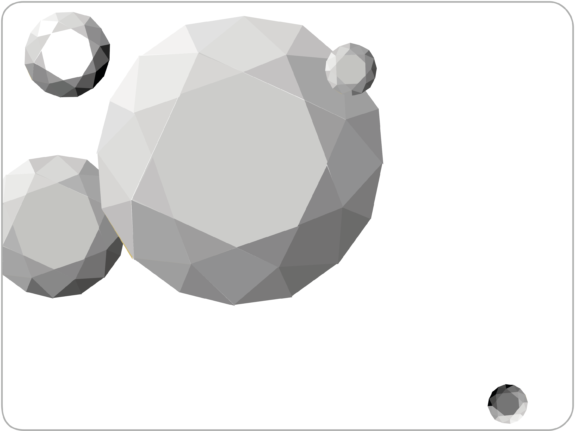
Exceptions to exceptions
The most severe issues
There are patterns in disorder. But some disorders seem to fall outside any patterns. They are like exceptions to exceptions – almost certtainly needing treatment.
One child with an uncommonly severe disorder was referred to me at three and a half. Nobody could understand her, not even her mother who wisely disguised this. The girl herself chatted away. Whether she was aware that she was chatting to herself, I was never sure.
A large part of her problem was in her use of the three articulators which help define English consonants, with the tongue tip in T and D, with the back of the tongue in K and G, with the lips in P and B, interacting in all logically possible ways. She had an extremely complex system of what is known as ‘assimilation’ with one articulator affecting another, with only one articulator used in the word as spoken. But interestingly and significantly, as shown in Nunes (2002), the complex ‘rules’ which seemed to define her system were not in all logically possible orders. The order was the correct order, by the standard of English. But the interactions were of the most extreme complexity, far beyond easy understanding even for the most devoted of parents.
Of the sounds in English, in mildly disordered children’s speech, it is common for back of the tongue articulations K and G to be freely replaced by tongue tip T and D. This known as ‘fronting’. And (confusingly) it is commonly in typically developing children’s speech for the opposite to happen when both occur in the same word, for instance, in doggy as GOGI.
But what happened in that little girl’s speech represented a different order of complexity. Such speech is not, I believe, easily, accurately, or revealingly probed by statistical tests. I thought there was probably a system. And there was. I describe in detail in Nunes (20o2). But by the time I had worked it out her family had moved away from the area of my clinic.
Some problems are only evidenced occasionally. In such cases it may be useful to keep a diary at home. I describe one approach which I have used a number of times in Love and observe – a diary.
The smallest snippets of information can be critical. I always take a case history. I try to structure this to save time. I was once called by a child’s grandfather to give me one simple, but crucial, bit of information: The child sounded like his uncle at the same age. By the likeliest scenario, the child had inherited a family trait. The grandfather was both well-informed and concerned to make sure I was on the most useful therapeutic path.
Getting the whole picture is crucial.

